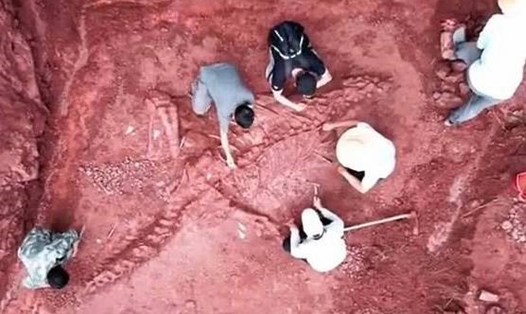Daily Mail reported that researchers from the University of Maryland in the US have looked into why there was a significant decline in the diversity of mid-sized game seekers in the lands that would eventually become Central Asia and Northwest America, around 95 80 million years ago.
While previous research has suggested that mid-sized Predators have disappeared due to lack of prey, new findings suggest that young T.Rex may actually be the cause.
In most communities, there are a variety of carnivores of different sizes, from small to giant, says Thomas Holtz, head of the study.
"But there is a change from 95 80 million years ago. Giant carnivores become the leader of the food chain, while mid-sized Predators are missing or very rare," the researcher said.
In a previous study, the team found that baby abuse Dinosaurs were more agile and spicy than their parents. They have the ability to hunt for prey similar to medium-sized Dinosaurs.
Researchers have analyzed the existing records of 60 khungyole communities from 201-66 million years ago. They count the number of carnivores and classify them into different sizes, with average diners listed as those weighing from 50-1,000kg, giant diners being those exceeding 1,000kg.
Analysis shows that among 31 communities, tycoon dragons are not the largest Predators and there are many mid-range Predators. Meanwhile, among the other 29 Dinosaur communities, Atoll adaptation is the largest Predator and the mid-sized Predator is rare or absent. However, Predators are quite diverse in these communities.
In communities where mid-sized prey have disappeared, prey is still so diverse, which means there are people who have hunted for this mid-sized prey. And it is very likely that the young T.Rex has taken on the ecological role of the missing medium-sized carnivor."
However, the research team believes that there may be another factor that is the main reason for eliminating mid-size Predators, T.Rex is only a part of the reason.







